Airfreight, with its high carbon emissions, isn’t salmon’s only route to distant markets, Hiddenfjord insists
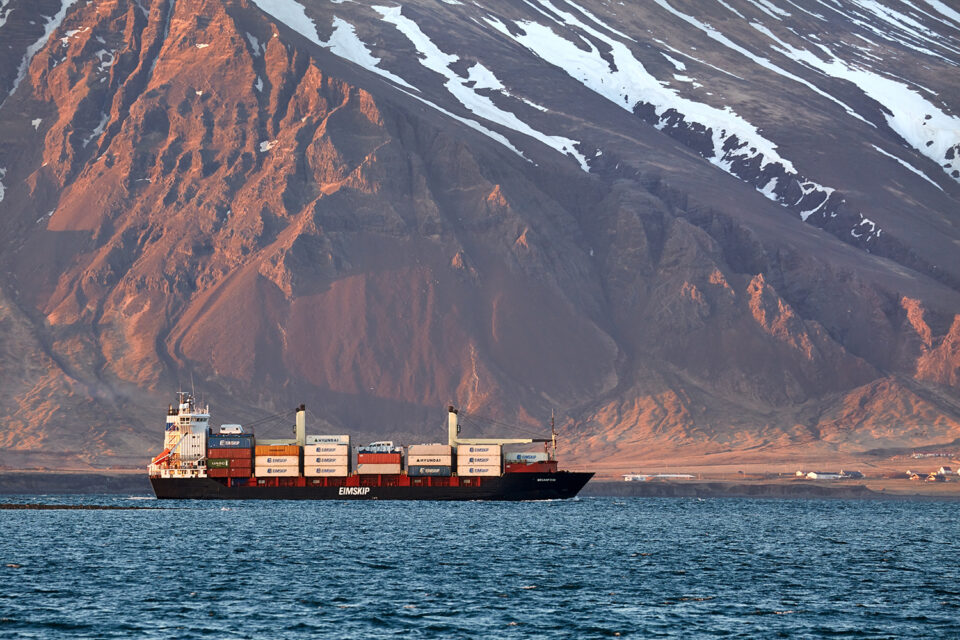
B.A. Baracus famously loathed airplane travel for any of the A-Team’s daring missions. But while the ‘80s TV character’s “I ain’t getting’ on no plane, fool!” protestations were typically ignored by his cohorts, his view is one that Faroe Islands salmon producer Hiddenfjord believes in with regards to getting its fish to end-markets in North America and Europe.
Hiddenfjord CEO Atli Gregersen’s insistence that “fish should never fly” flies in the face of industry norm. Like all fish and seafood, salmon is highly perishable in fresh or chilled form, and as costly as it is, air freight is usually the fastest means to get such a product to market when production occurs a long way from the intended consumers.
But with COP26 and the release of the 2021 IPCC report sounding the alarm on the climate crisis, seafood is increasingly under fire to reduce carbon emissions. In the case of Hiddenfjord, the family-run fish farming company is determined to do things greener.
“Our core company value is environmental sustainability,” Gregersen told the Advocate. “We must take care of our environment, so future generations can have the same opportunities as we have today. We must farm salmon in harmony with nature, and we strive to ensure that all our activities are performed with minimum impact on the environment.”
With analysis from the Norwegian research organization SINTEF finding that air freight produces around 50 times more carbon dioxide (CO2) than transoceanic sea freight, Hiddenfjord ceased its use of planes in favor of ocean-going ships in October 2020. The move led to a 94 percent reduction in emissions for the 12 months that followed.
According to the company’s estimates, in volume terms, flying salmon from the Faroes or Norway to the U.S. East Coast produces 7 kg of CO2 per kilo of fish, while shipping by boat to the same market produces less than 0.5 kg. Meanwhile, flying to China adds 15 kg of CO2.
Changing mindsets
The idea to purge air freight wasn’t a new one, Gregersen explained.
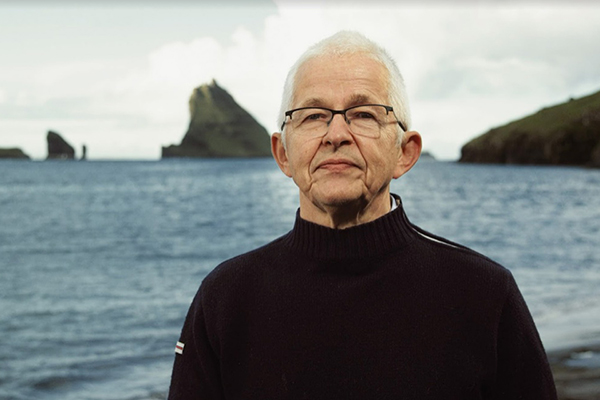
“We have worked with the concept for years and have systematically reduced the use of airfreight year by year,” he said. “At a board meeting in December 2019, we took the step to eliminate air freight from our business practices entirely.”
He admits that the market reacted badly to the move at first.
“Many buyers thought we were crazy because they were sure that the quality would be affected by the prolonged transportation time,” he said. “They thought we would ruin the brand and our good reputation. We lost customers. But in time, we have managed to convince buyers that our salmon’s quality is just as good as salmon transported by air and we have gained new customers.”
Together with shipping company Eimskip, Hiddenfjord developed the shipping route from the Faroe Islands to Portland, Maine, USA, via Reykjavik in Iceland, to better fit the needs of its fresh salmon.
Ceasing all air freight when it did – in the middle of the global COVID-19 pandemic – worked in Hiddenfjord’s favor, Gregersen pointed out: “With airports around the world shutting down, our decision to ship our products exclusively by sea ended up increasing demand for our product, because we could provide a consistent supply. We were able to maintain a steady business while other organizations had to limit their shipments.”
Procedural investments
According to Gregersen, various factors ensure the quality of Hiddenfjord’s salmon is preserved when moved by ship and that any prolonged transportation times are mitigated.
First, to help uphold fish welfare and the quality of product, its harvesting methods look to minimize stress.
Secondly, the company has developed a processing method that ensures salmon are “very well cleaned” before chilling. It also makes sure that the core temperature of the salmon stays below 2 degrees-C prior to being packed, with all the fish packed within three hours of harvest.
Thirdly, by using containers that are transported by truck and ship, the result is an unbroken cold chain from factory to customer, which is not always the case when transporting by air. Gregersen noted that air-freight shipments can sit outdoors in warm weather for extended periods, affecting the product temperature.
“The container that is packed in the Faroe Islands is the same container that the customer receives. The containers are temperature-controlled and closely monitored. Their room temperature is below sub-zero degrees Celsius which ensures optimal refrigeration without freezing the salmon,” he said. “The low temperature and thorough cleaning of the product minimizes bacteria growth, prolonging shelf life.”
Although some skeptics were initially concerned by the amount of time involved in shipping and thought that the fish would lose quality, Hiddenfjord’s multi-step process – harvesting, processing, and cooling paired with an unbroken cold chain – have alleviated such worries, Gregersen said.
“It’s taken us years to refine these practices to ensure the highest quality for our customers, but we’re confident that we have a good system in place. In fact, The Consumer Evaluation Center conducted a blind taste-test of salmon shipped by air and by sea, and more than 100 consumers could not tell the difference, rating both equally favorable in categories of taste, texture and aroma.”
Prior to eliminating all air freight, Hiddenfjord sold frozen products to Asia, but its decision to switch to sea cargo routes meant it was forced to stop selling fresh salmon to Asia. Frozen-seafood sales channels in Asia will be explored later.
Taking risks
Hiddenfjord’s shipping stance isn’t the first risk it has taken. Because feed is another big contributor to salmon production’s carbon footprint, lowering the feed conversion ratio (FCR) has a big impact. In 2020, Hiddenfjord used just 1.06 kg feed to produce 1 kg of salmon.
“For us, the facts were clear: We all need to immediately stop using airplanes to transport goods in order to reduce climate change. Ethically, it is absolutely the right decision. If we claim that we want to be a truly sustainable company, we must take responsible actions,” Gregersen said.
“With this move, we have made a decision that is unprecedented in a global food industry, which too often engages in a lot of talk and very little real action on true environmental protection.”
Further evidencing that salmon supply chains are seeking to lower carbon their footprints, an additional rail service carrying fish from northern Norway for processing in Denmark, Poland and other European countries was recently launched by CargoNet. According to the company, one fully loaded train can carry 700 metric tons (MT) of fish, doing away with 10,000 road trailer journeys and reducing 20,000 MT of CO2 over the course of a year.
Follow the Advocate on Twitter @GSA_Advocate
Now that you've reached the end of the article ...
… please consider supporting GSA’s mission to advance responsible seafood practices through education, advocacy and third-party assurances. The Advocate aims to document the evolution of responsible seafood practices and share the expansive knowledge of our vast network of contributors.
By becoming a Global Seafood Alliance member, you’re ensuring that all of the pre-competitive work we do through member benefits, resources and events can continue. Individual membership costs just $50 a year.
Not a GSA member? Join us.
Author
-
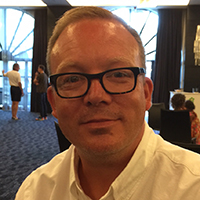
Jason Holland
Jason Holland is a London-based writer for the international seafood, aquaculture and fisheries sectors. Jason has accrued more than 25 years’ experience as a B2B journalist, editor and communications consultant – a career that has taken him all over the world. He believes he found his true professional calling in 2004 when he started documenting the many facets of the international seafood industry, and particularly those enterprises and individuals bringing change to it.
Tagged With
Related Posts
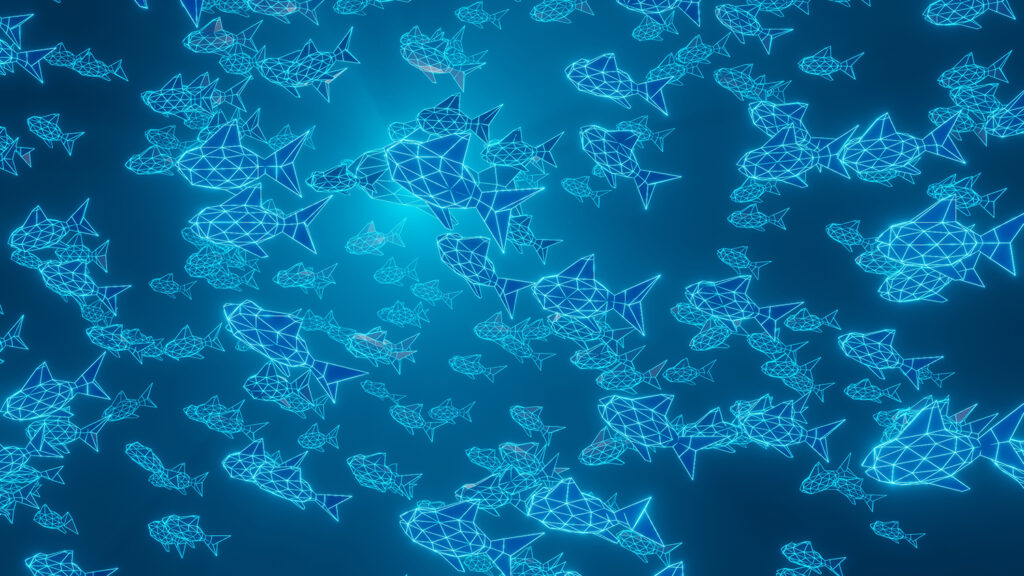
Innovation & Investment
‘AI ticks all the boxes’ and is proving to be a perfect match for aquaculture
Artificial intelligence (AI) is rippling through the aquaculture industry, promising greater efficiencies and insights, as well as investor interest.
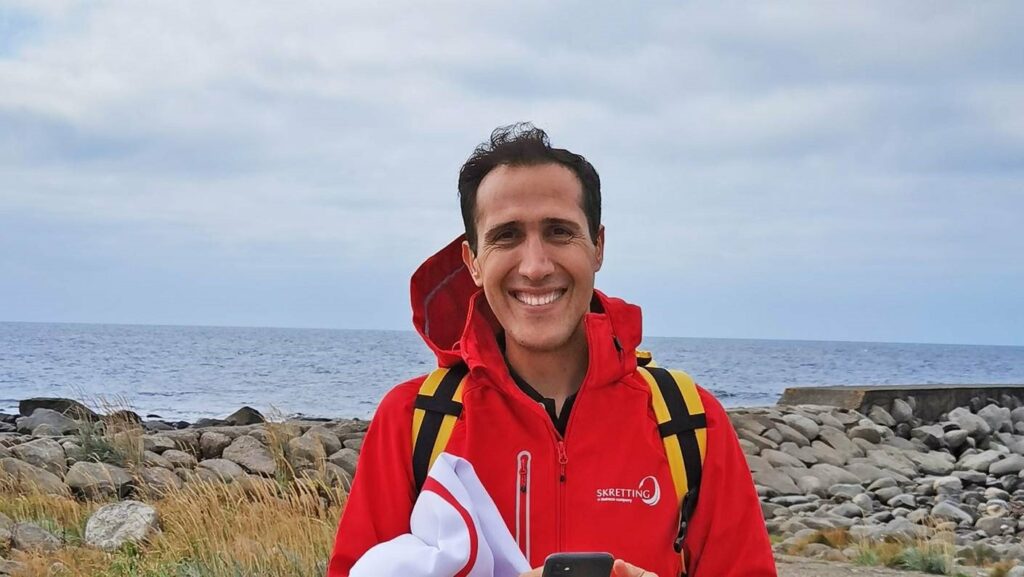
Responsibility
‘Do more and do better’ – Sustainability manager discusses Skretting’s ambitious agenda
Aquafeed giant Skretting recently appointed Jorge Diaz as its sustainability manager to advance its ambitious sustainability agenda.
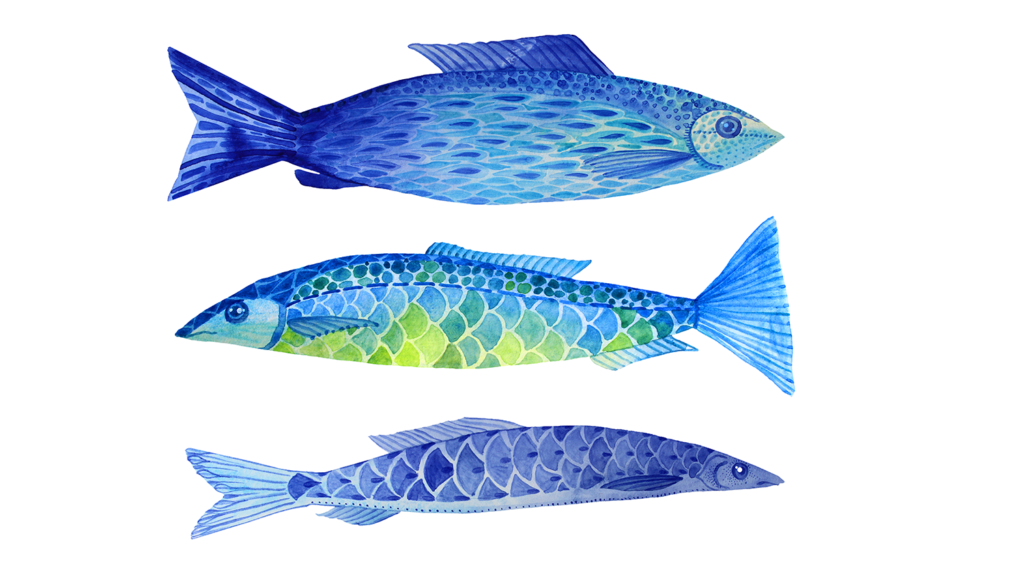
Responsibility
A wider view: It’s blue food’s time
There is urgency to conversations about the role of blue food in mitigating climate change, increasing momentum toward some specific goals.
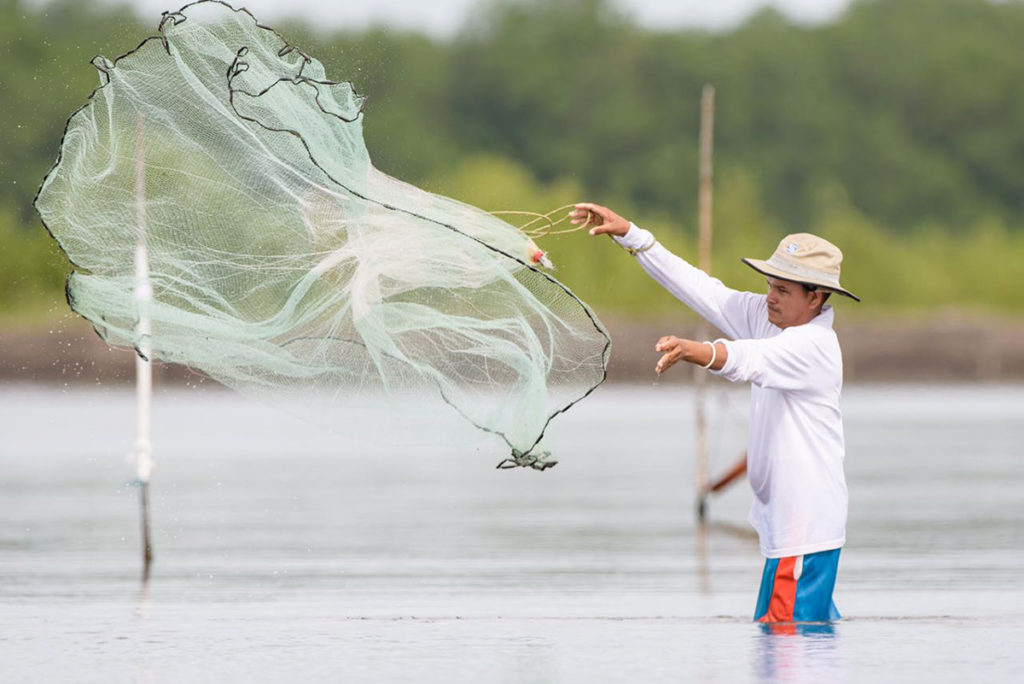
Responsibility
Aquaculture, feed companies embark on a carbon-cutting journey
The aquaculture value chain can significantly reduce carbon emissions with innovations in feed, transportation and operations.


